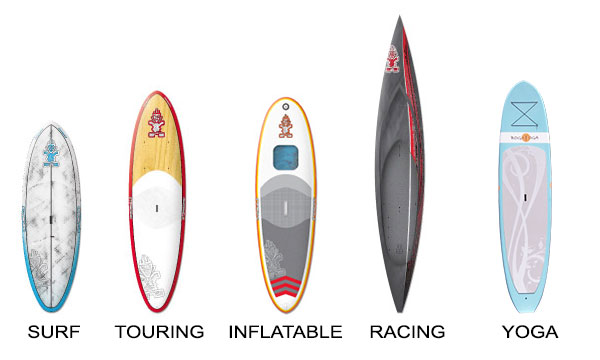Many people are confused about the terms paddle boarding and stand up paddleboard, so this article explains the difference between paddleboarding and stand-up paddleboarding. We can easily understand why people are confused because people living outside of Hawaii, Australia or California don’t know much about paddleboarding. Even the experts don’t explain the difference between the two on the internet. But what exactly are paddleboarding and SUPing?
Table of Contents
What is paddleboard
Paddleboarding is in which competitors move themselves forward by swimming with their arms while lying or kneeling on a paddleboard or surfboard in a body of water. Traditional prone or kneeling paddleboarding will be discussed later in this article below.
What is stand-up paddleboarding?
Stand up paddleboarding is the derivation of paddleboarding in which stand-up paddleboarders use a paddle to drive themselves through the water while standing on boards that float on the water. The sport was named the outdoor athletic activity with the most first-time participants in the United States in 2013, according to a 2013 report. Flatwater paddling, racing, surfing, whitewater SUP, yoga, and fishing options.
Difference between a paddleboard and a stand-up paddleboard
The difference between a paddleboard and a stand-up paddleboard is given below.
Structural difference
Paddleboards contain much diversity and were used for kneeling, lying and swimming with arms. Earlier types of stand up paddling appear to have little in common, and their variations are as diverse as the places where they are found. Stand-up paddling may be traced back to the first paddler who chose to take a stroke while standing.
However, for this article, “stand up paddling” is defined as an activity that involves standing up and paddling with equipment created expressly for this purpose. This allows us to distinguish between different upright paddle versions without being confused by infrequent paddle strokes while standing up.
Today paddleboards are mostly 12 to 20 feet in length, while 20 to 40 pounds in weight and 20 inches in width. While the size of stand up paddle boards ranges between 9 to 13 feet containing three components- the shaft, blade and the handle, each one with 6 to 12 inches.
Usage difficulty
One of the main differences between the traditional paddleboard and the new stand up paddle boards is their usage difficulty. The traditional paddleboards were challenging to use, especially for older people. But with the advent of new paddleboards, paddleboarding has also become much easier for children and older people. The Inflatable stand-up paddleboards made the sport even more popular and accessible; the SUP board can now be carried in a bag. Stand-up paddleboarding is a great workout and recreational activity, but it can also be a transportation device because it allows you to take small bags and goods on board. Outside of surfing, SUPing has opened up new and unexpected possibilities. Yoga, pilates, fishing, and swimming aficionados use stand-up paddleboards for specific training. It is also easy if you are a beginner. The best lightweight paddle boards is Surftech chameleon, with 22.14 lbs.
Mobility
It’s far easier to propel yourself to better waves with a paddle than lying on your stomach and paddle with your arms, as is required on standard sup. Catching the wave on a paddleboard is easier than on a traditional surfboard when you find the ideal spot. When surfing, it makes more sense to stand up and stare.
Surfing on a SUP gives you more mobility than getting on a paddleboard. The SUP board may appear to be more cumbersome, yet the SUP board’s weight and stability allow the mobility to be achievable.
Visibility
Another difference between the old paddle boarding and sup is the ability to STAND on water unencumbered is a thrill unlike any other. You can see all of your surroundings and profoundly connect with the ocean as you can see all that’s around you.
Even though SUP boarding is a strenuous workout, anyone can stand up on one. It’s simple to control your level of exertion.
It can be done by anyone, young or old, with or without injuries or special needs. SUP surfing is possible for everyone who can stand. Paddleboarding, unlike SUP, necessitates the ability to push oneself onto the board swiftly and support your knees. Anyone who has a problem with their joints will be under a curse.
Furthermore, because you’re attempting to stand up while catching a wave, the risk of falling off the board is higher, leading to further injury.
Conclusion
Although paddleboarding and sup are considered the main terms, they have far more technical differences. In short, the difference between paddleboard and sup is paddleboarding is a sport that you can enjoy while paddling on your knees lying down while using your hands against waves of water with limited mobility and visibility. On the other hand, stand up paddleboarding is an all-rounder providing you with maximum mobility and visibility with ease of use.

